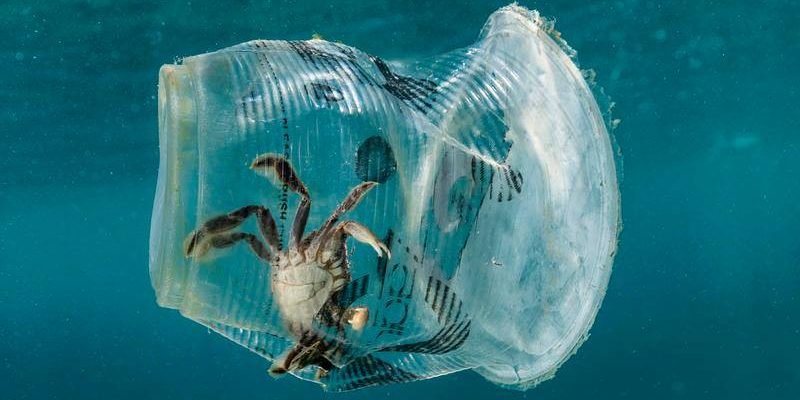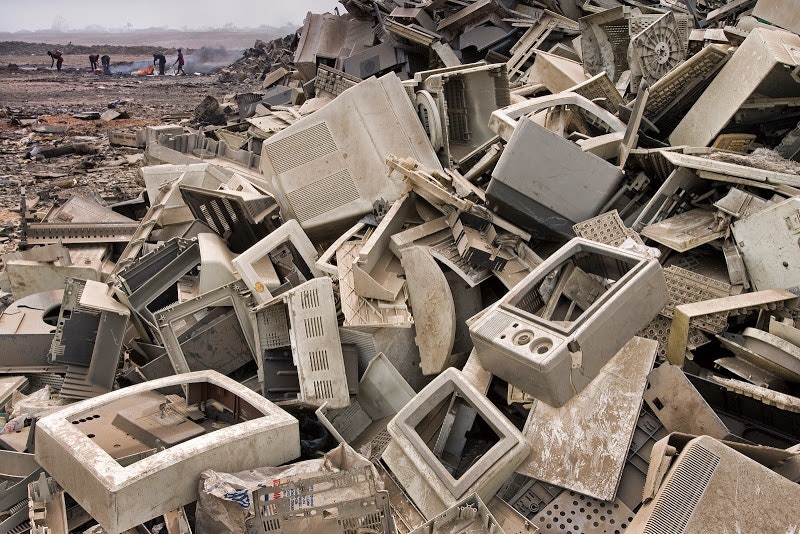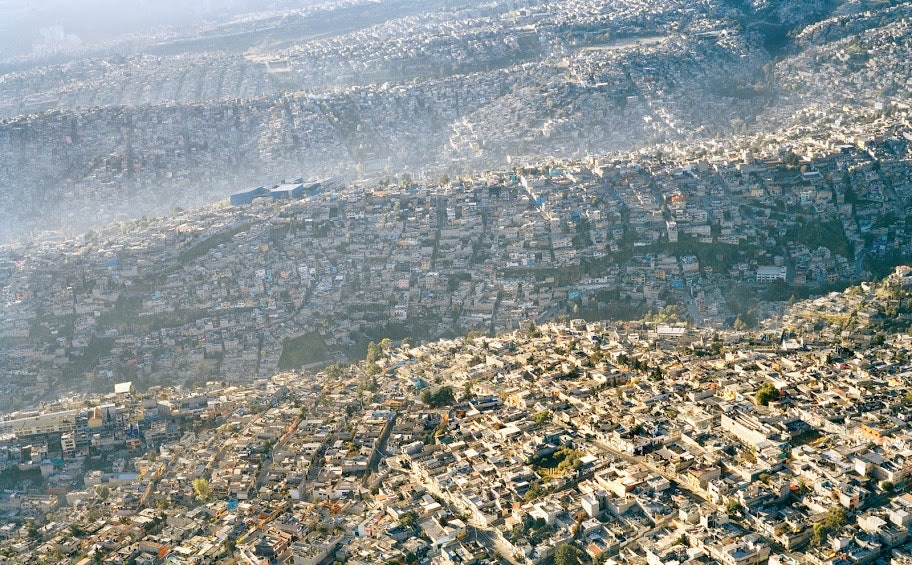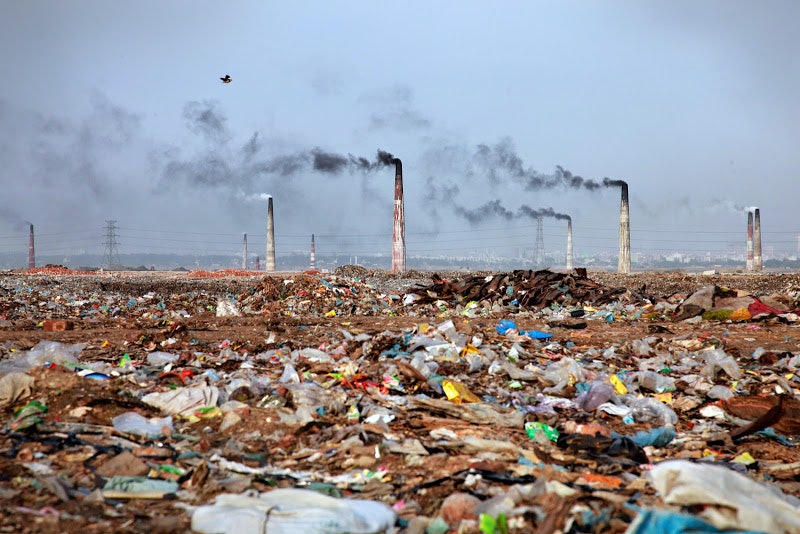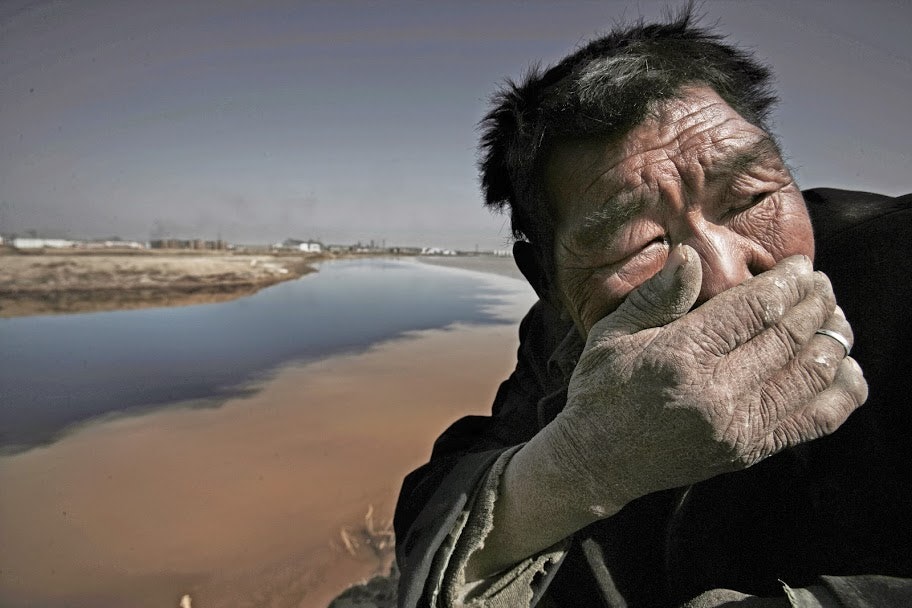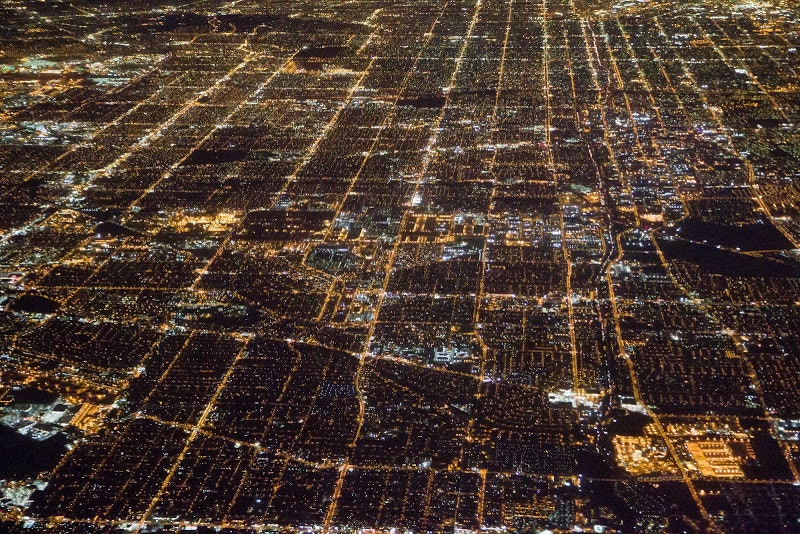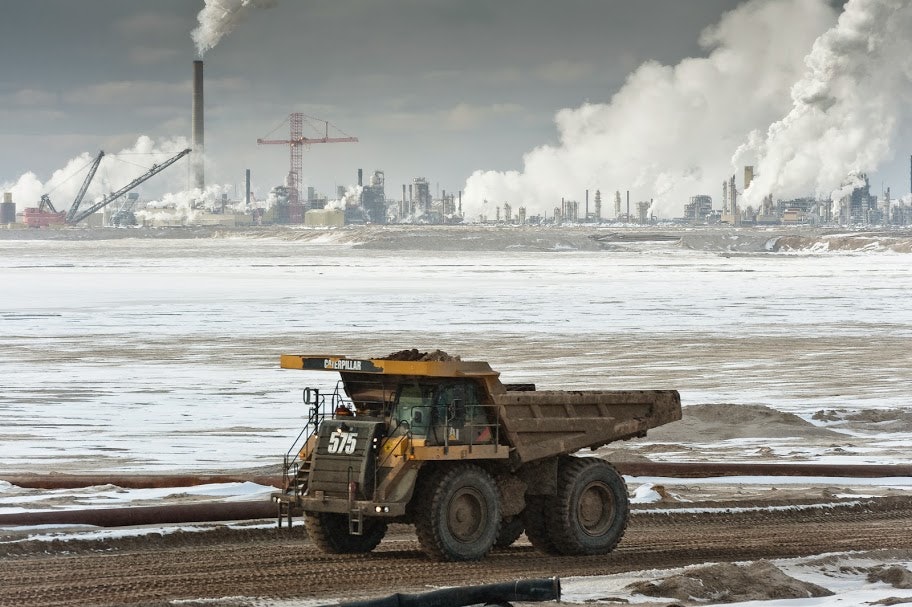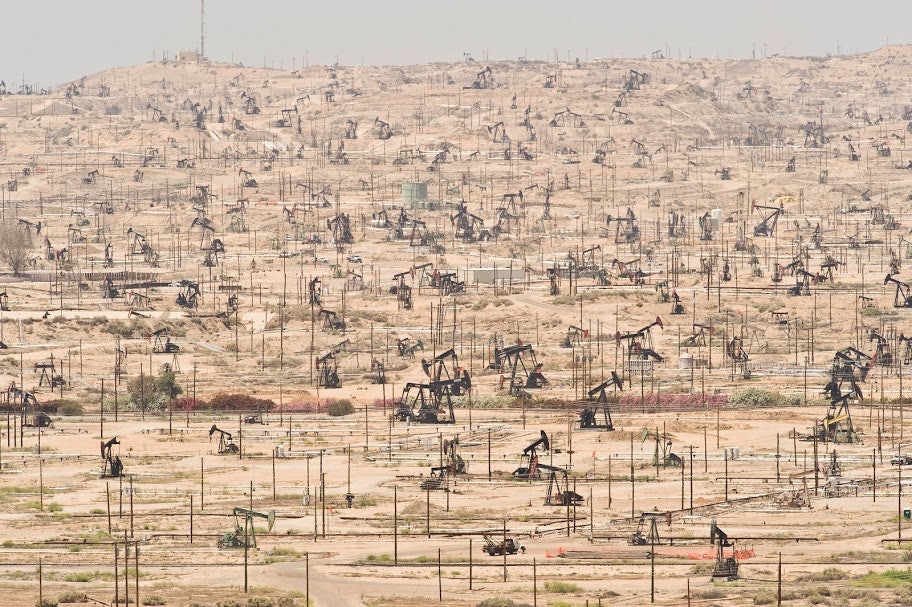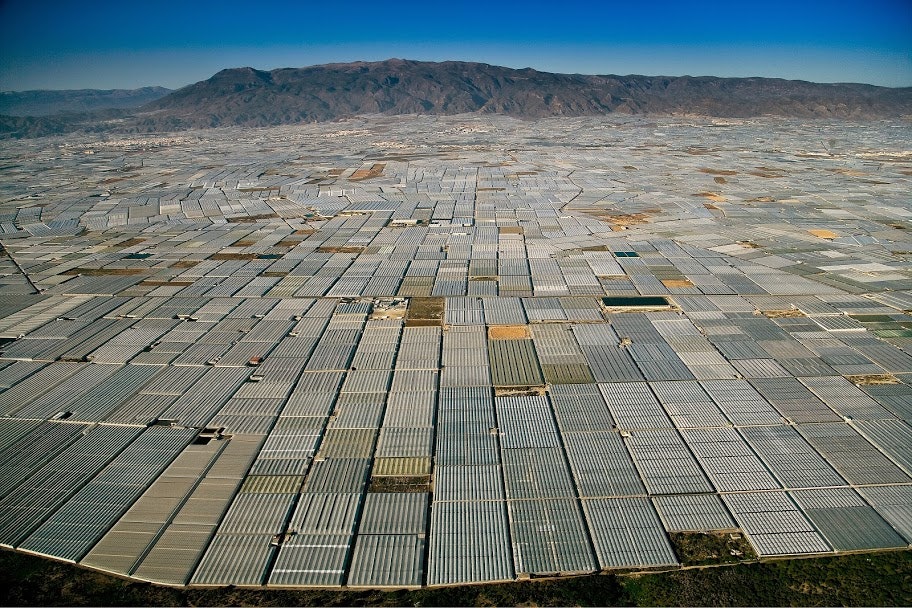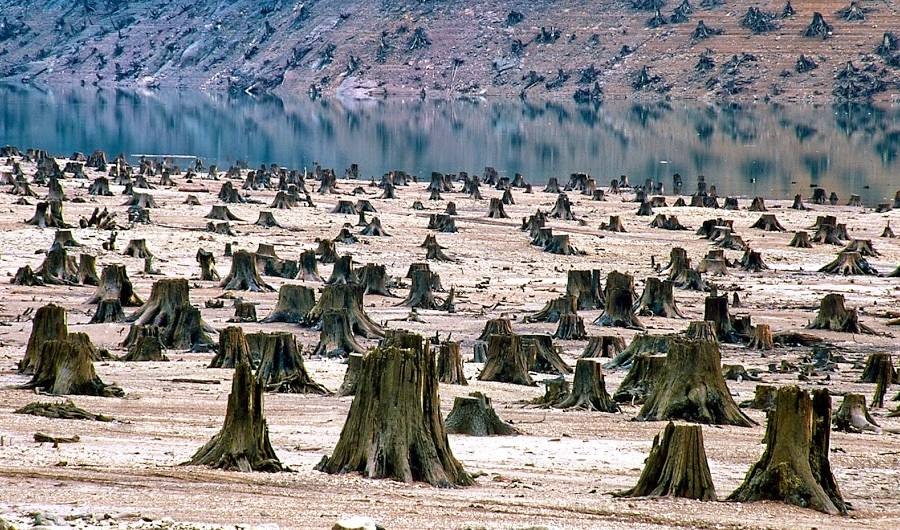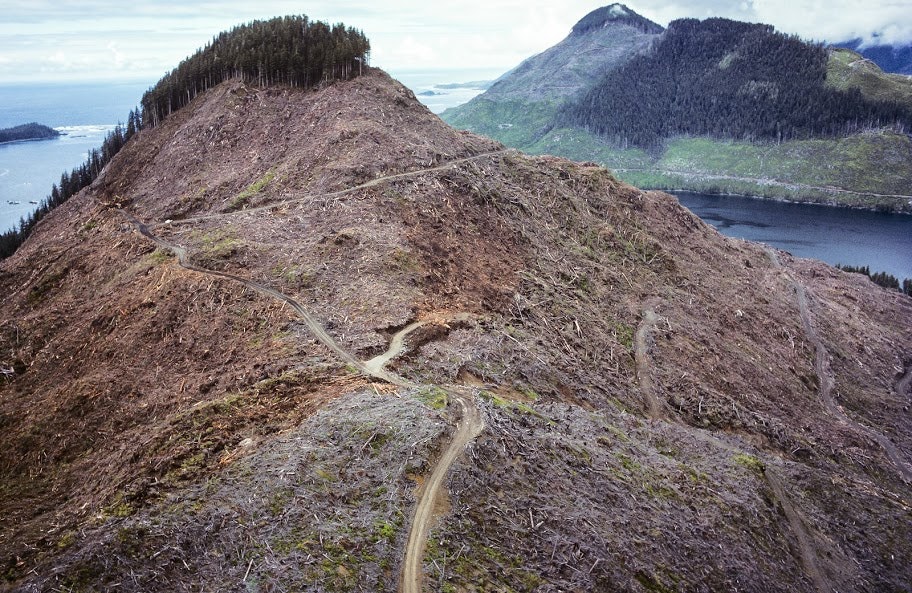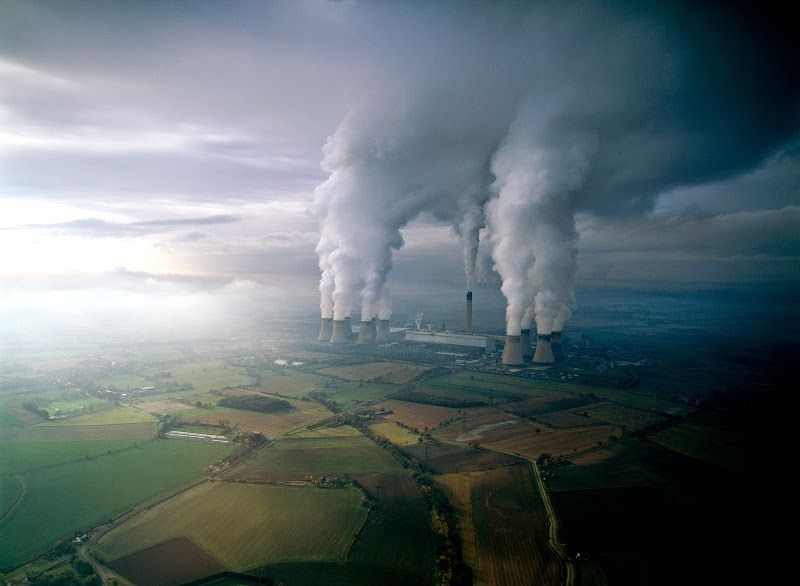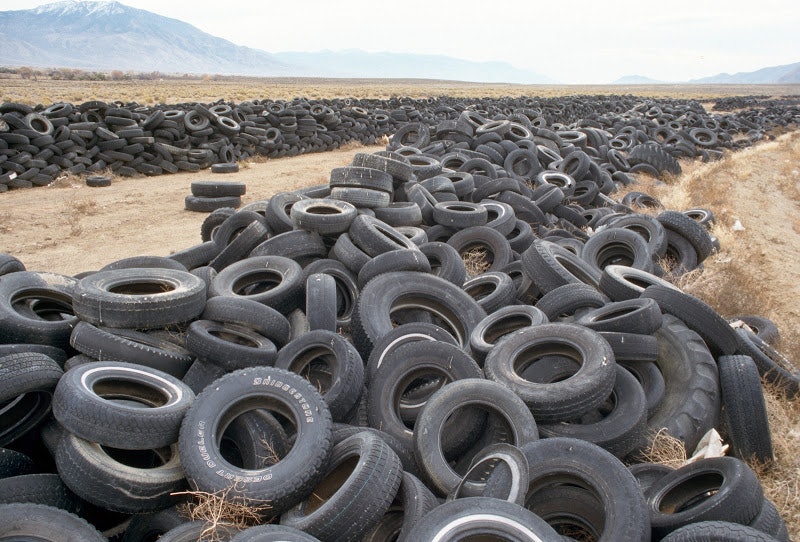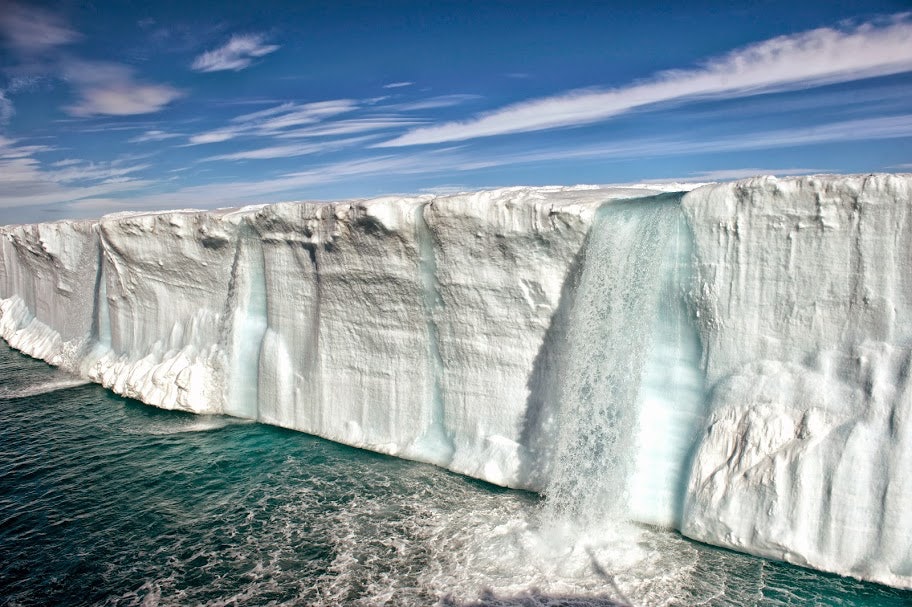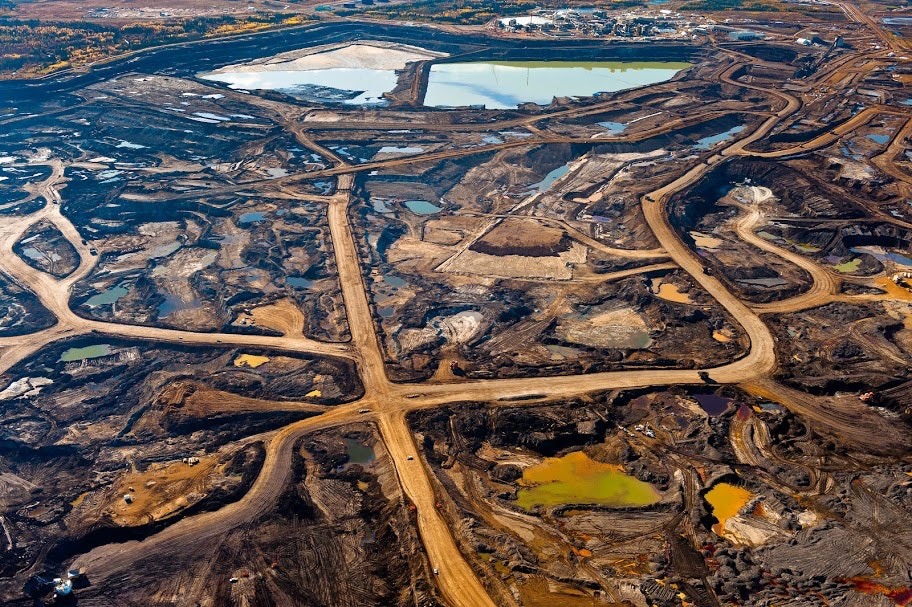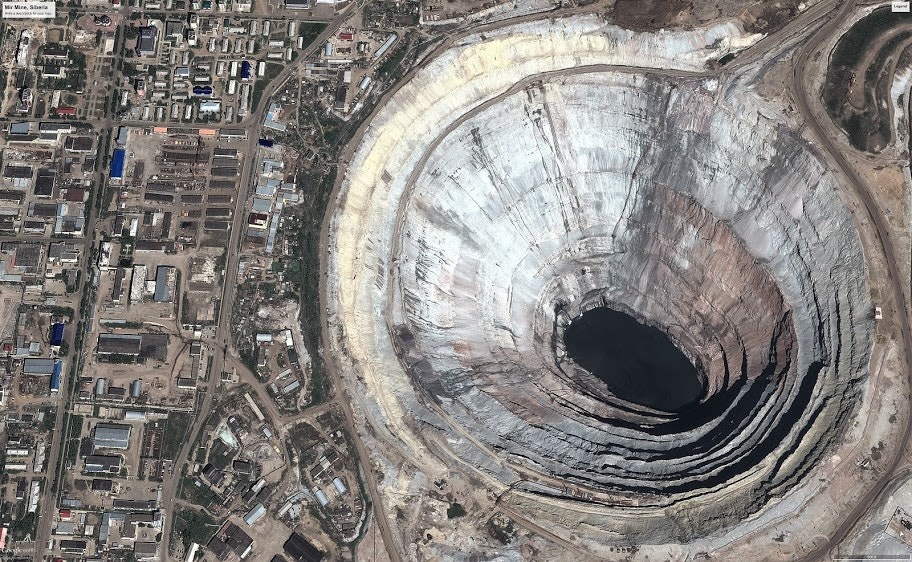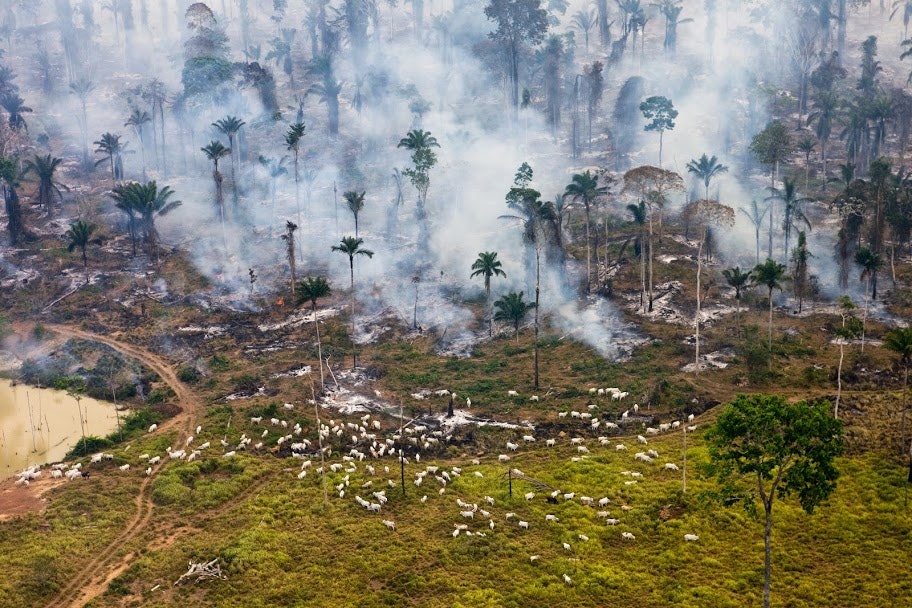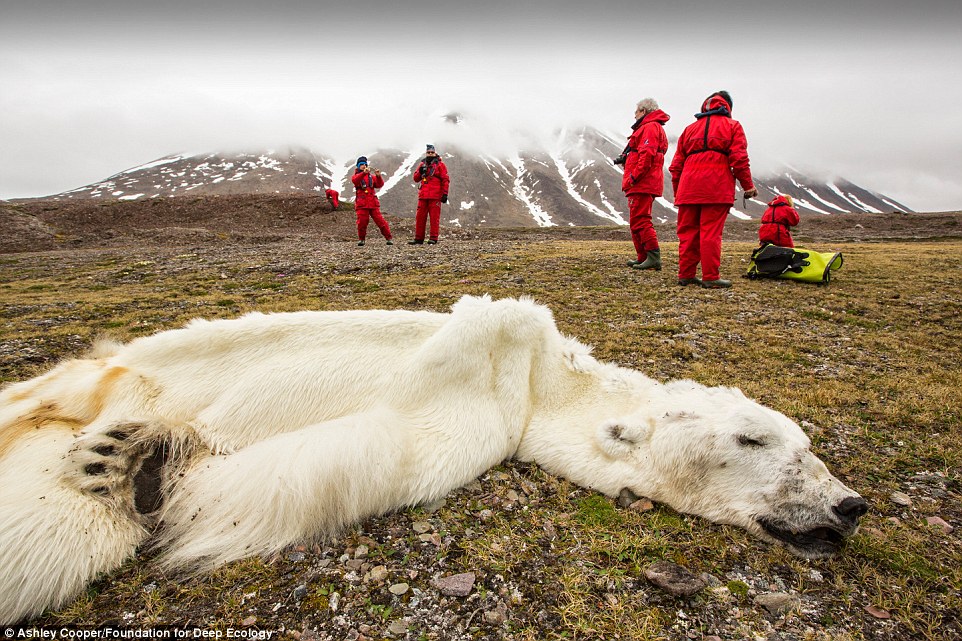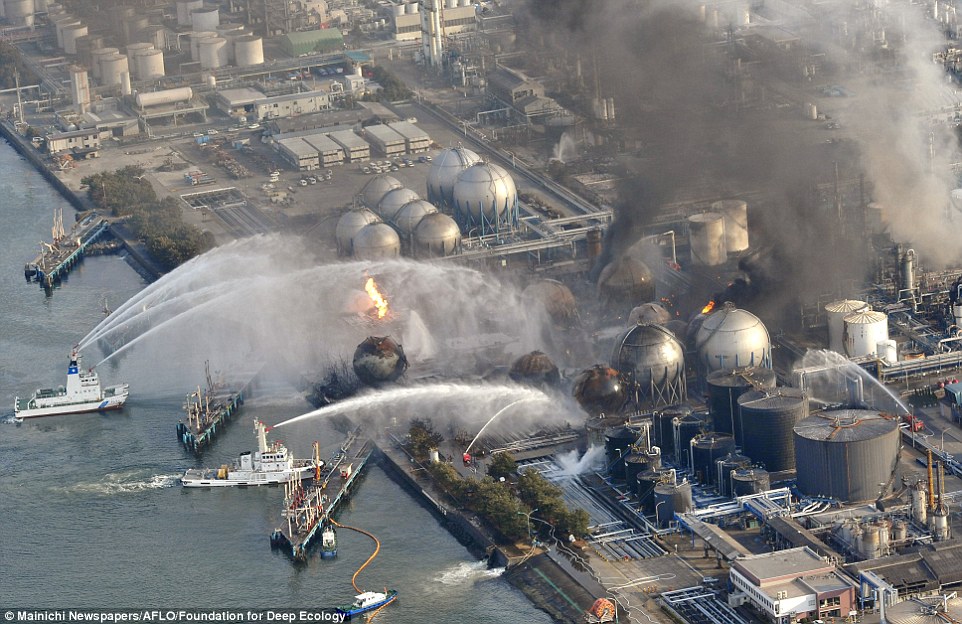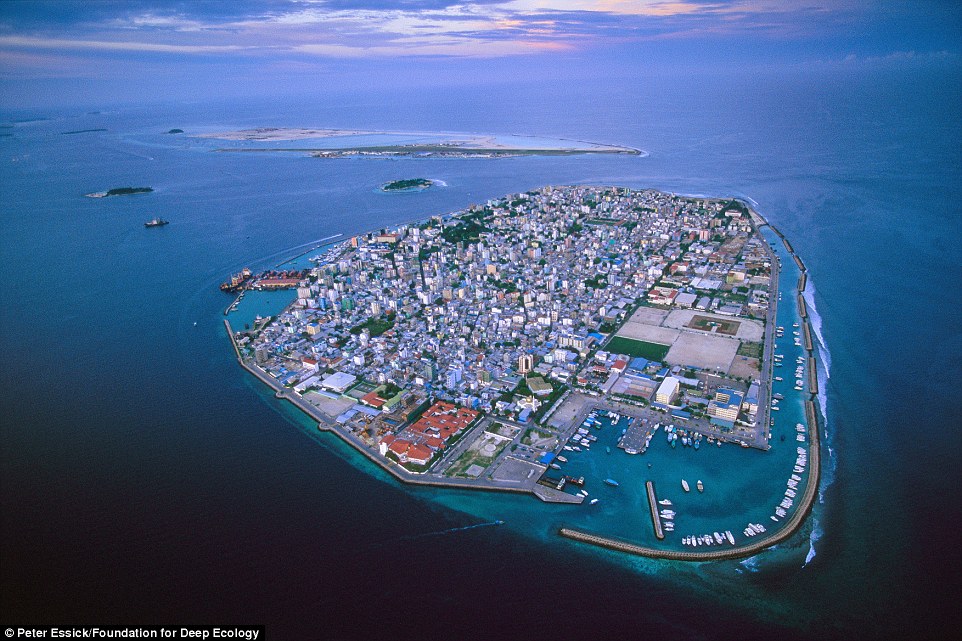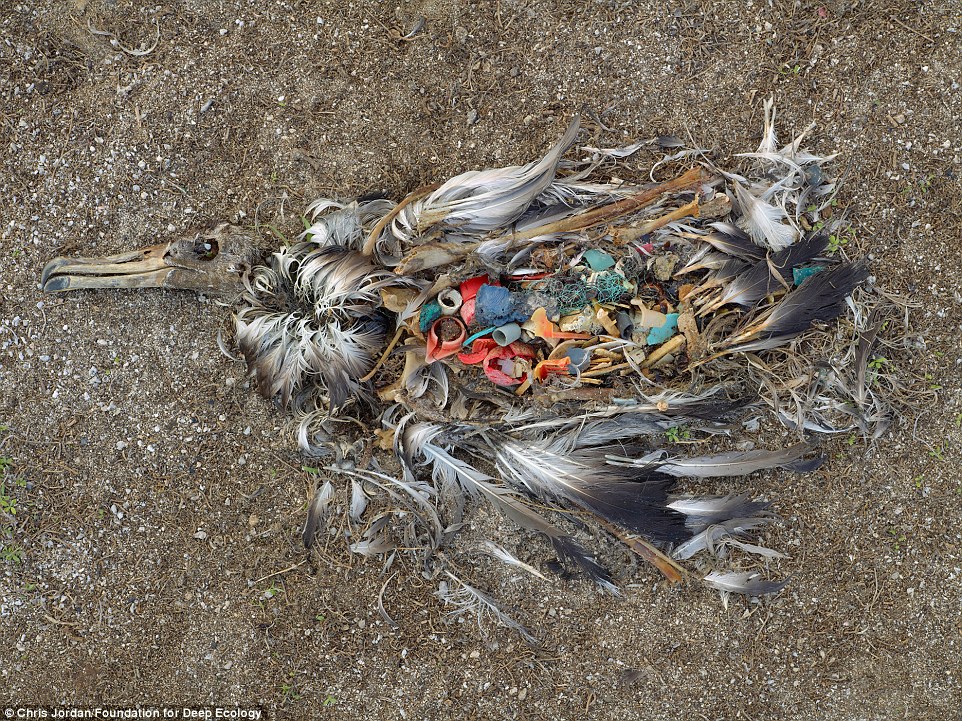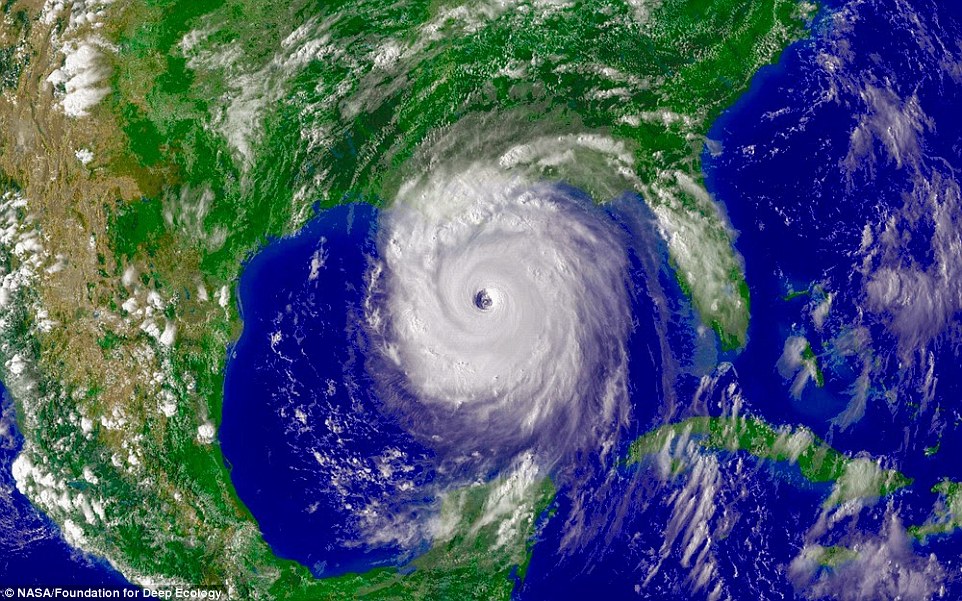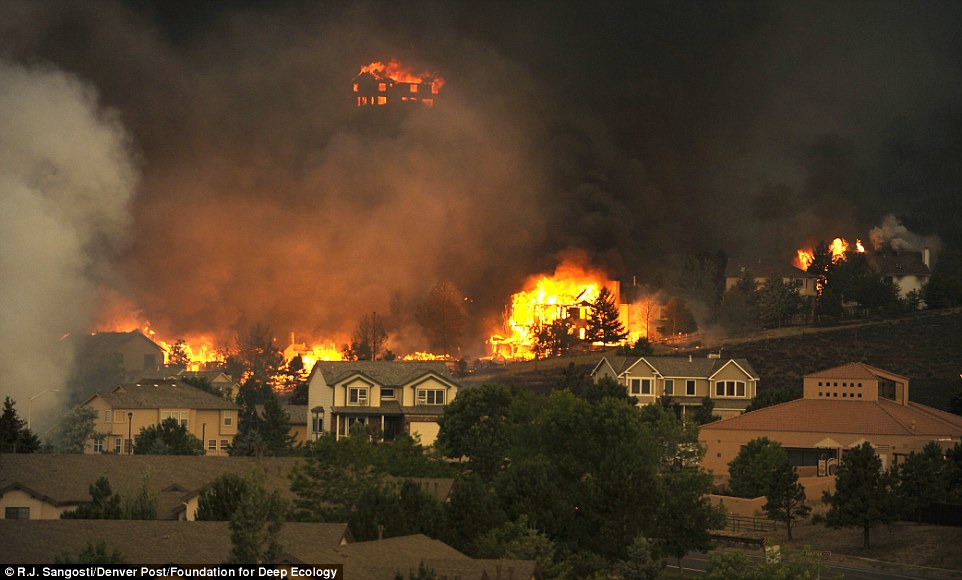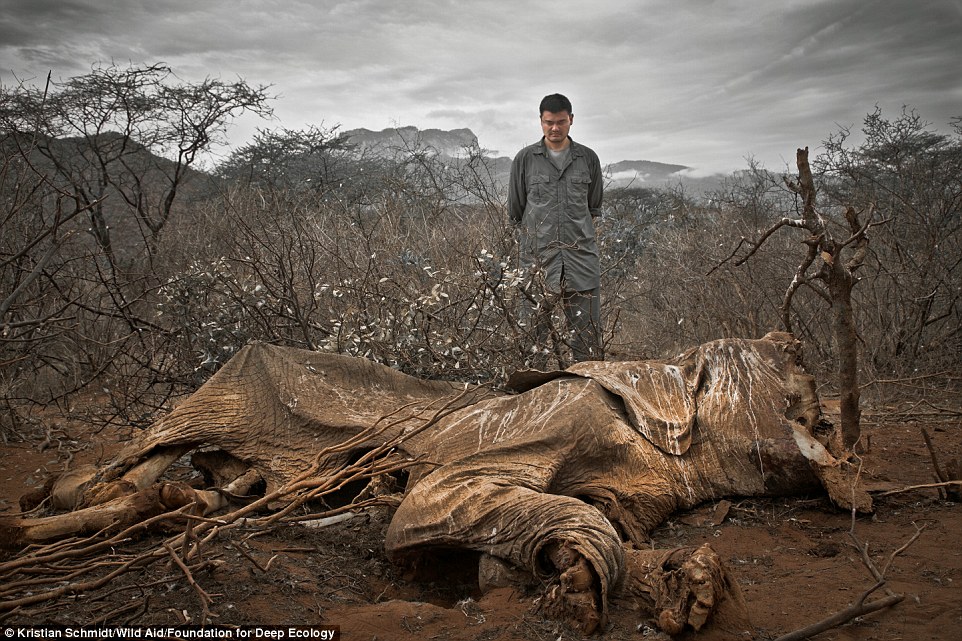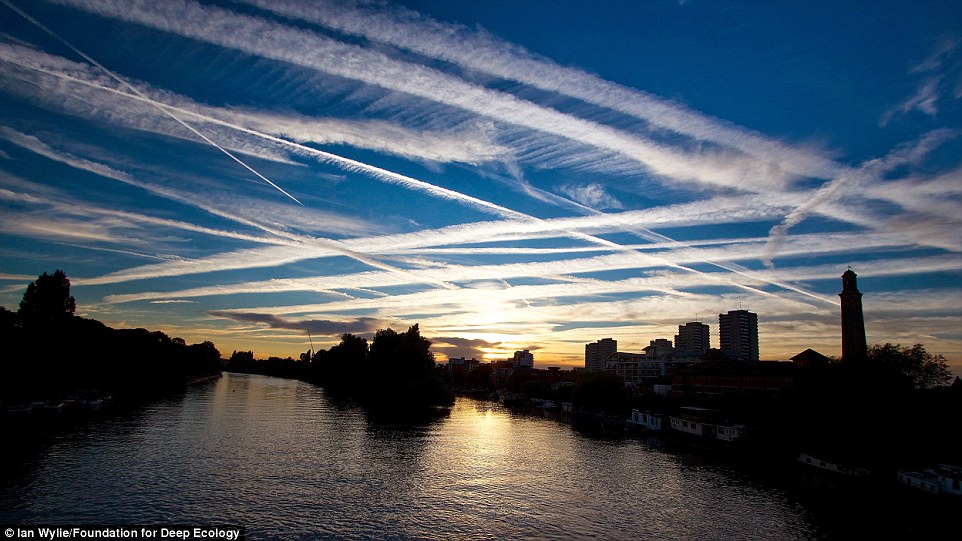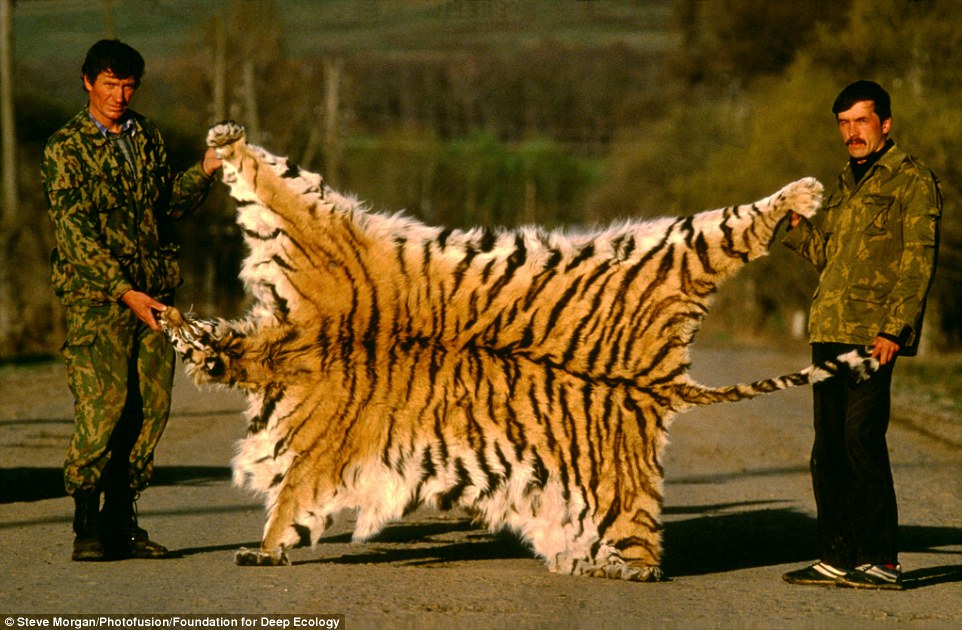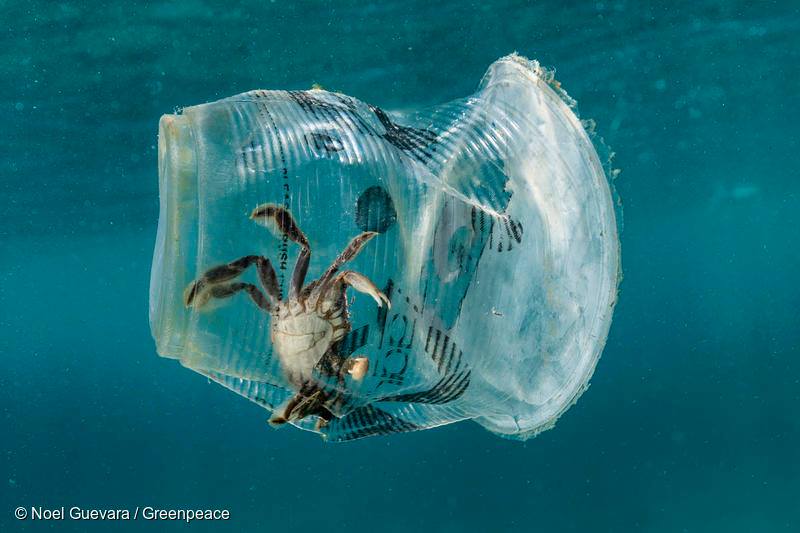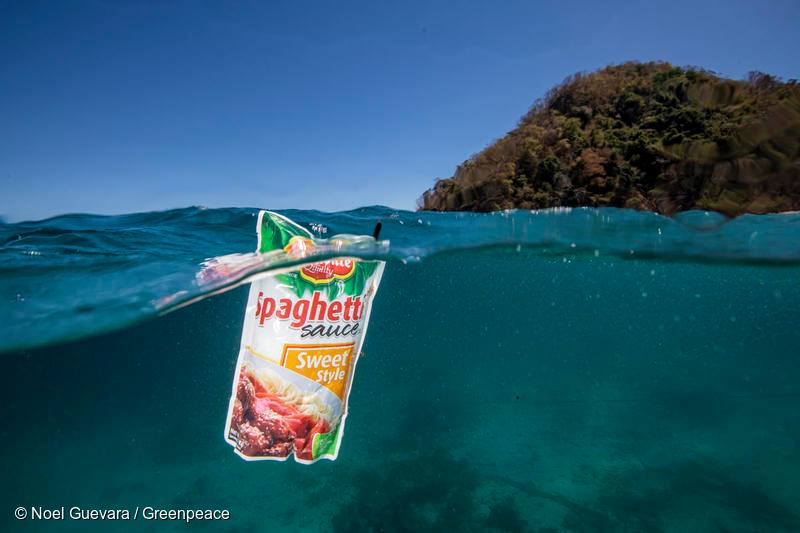Humans have a massive amount of effect on Earth. This means that we should be sensitive and take extra care about what we do and don’t do. However, most people are very indifferent to the fact that they are responsible for the planet’s illness.
We have gathered 30 of the most shocking images on how terrible the actions of humans are, and how it is affecting the planet. These images gathered from The Foundation For Deep Ecology’s recent book Overdevelopment, Overpopulation, Overshoot shows the peak of human’s indifference. Before things that we love are gone, start from the little things in life to save the planet.
1. Waves of trash
This image of a man surfing through a wave of trash was taken in a remote bay in Java, Indonesia. The local residents do not have the infrastructure necessary for proper waste disposal. Instead, everything gets tossed directly into the rivers and oceans.
2. Electronic waste
This is an electronic waste dump in Accra, Ghana. The locals dig through the waste heap every day and break apart the electronics or burn them while searching for the rare minerals that some electronics contain.
3. Black Friday
Consumerism has a lot of indirect negative consequences for the planet. The lengths people will go to get new products is mind-blowing. Here is an image of Black Friday shoppers rushing a store in an attempt to get the best deals and acquire more “things” on special.
4. Megacities
Unprecedented population growth is creating megacities that sprawl across the countryside and increase in size daily. This photo is of Mexico City where almost nine million people currently live. It is one of the largest cities in the Western Hemisphere.
5. Manufacturing
Much of the world’s clothing and other goods are manufactured in Bangladesh where this photo was captured. Many people just want to buy products and don’t really think about where they came from or the consequences of the manufacturing plants required to make them.
6. Massive populations
Landfills in the Indian city of New Delhi are reaching a breaking point. Soon, there will be nowhere left to hide the trash. Currently, around 25 million people live in the city and surrounding Delhi area.
7. Polluted rivers
The stench of the Yellow River in China has gotten so bad that this man covers his nose and turns away in disgust. Healthy rivers would never exhibit problems like this. However, pollution is often an unavoidable consequence of human expansion into natural areas.
8. Urbanization
Los Angeles lights up at night. Part of the reason for this is the massive amount of people driving around. The city is famous for having more cars than people in it depending on the time of day. All the jobs are located in the city and people commute for hours from surrounding areas every day to work there.
9. Tar sands
Plumes of smoke and giant factories dot the landscape in Alberta, Canada, where companies all compete to extract petroleum from the tar sands. The only value the earth has to many oil and profit-hungry people is based upon what can be extracted from it.
10. Oil fields
The search for that sweet oil isn’t just limited to the far north. Here thousands of oil pumps can be seen strewn across the landscape in the Kern River oil field in California. They run pretty much 24/7.
11. Industrial agriculture
Long gone are the days when small family owned farms were the norm. Now, everything is done on a giant industrial scale. This agriculture operation in Almeria, Spain stretches for as far as the eye can see.
12. Destruction of habitats
The stumps in this photo used to be part of an old growth forest in the Willamette National Forest in Oregon. All the trees were cut down as part of a reservoir development project. All that is left now is devastation.
13. Logging
Vancouver Island in Canada used to be made of up very dense woodlands. However, several large areas have been completely stripped by the timber industry over the years. Logging is destroying whole forests.
14. Power plants
This is a photo of a coal power plant in the United Kingdom. Creating electricity through the burning of coal creates a lot of pollution. The middle tower is from the plant itself and the surrounding stacks are cooling towers.
15. Tires
Old tires are very hard to dispose of and most of them just end up in giant tire heaps like the one seen in this image. This photo was taken in Nevada where thousands of used tires stretch for miles across the otherwise beautiful desert.
16. Climate change
In North East Land, Svalbard, Norway, rising global temperatures are completely altering the landscape. Giant ice sheets like these are melting off at record rates, and soon, there won’t be any left. The ecology of the earth is being fundamentally changed.
17. Pit mining
Here we have another photo shows the massive effects on the environment caused by pit mining in the tar sands of Alberta, Canada. The changes are so immense and across such a vast area that the mines can actually be seen from outer space. This area will never be the same.
18. Diamonds
Diamonds are one of the most in-demand gemstones. The lengths humans will go to mine the rare mineral are incredible, as evidenced by the sheer scale of some mining operations. This is a photo of the world’s largest diamond mine, located in Russia.
19. The Amazon
Every day, large areas of the Amazon jungle are burned off to make new grazing pastures for cattle or to create new fields for farming. This photo was taken in Brazil. Sadly, sites like this have become extremely commonplace in recent decades as populations continue to expand.
20. Wildlife
Wildlife populations worldwide are in decline as habitats change and get destroyed. This polar bear in Norway was seeking its preferred hunting ground — giant ice sheets. When it couldn’t find any, it continued walking north until it eventually collapsed from hunger and exhaustion.
21. Nuclear meltdown
A 2011 tsunami in Japan caused a nuclear power plant to have a massive meltdown. Ships can be seen trying to mitigate the aftermath of the disaster by spraying large amounts of water on the burning power plant. The environmental problems caused by disasters such as these are not good.
22. Rising sea levels
As temperatures increase and sea levels continue to rise, the first places to be severely affected will be island nations. The Maldive Islands are one of the most at-risk places in the world. Just a few inches of sea level rise would be completely devastating for them.
23. Waste kills
Trash is causing all kinds of problems for wildlife and the various ecosystems across the globe. Nowhere is left untouched. This albatross washed up on the shores of Midway Island, one of the most remote places in the world. The bird died from ingesting plastics.
24. Hurricanes
Everyone knows how devastating Hurricane Katrina was. Storms and hurricanes are now more powerful than ever. It seems as though the frequency of these events is also increasing. This satellite image shows Hurricane Katrina right as it was about to hit land back in 2005.
25. Wildfires
Wildfires are another type of natural disaster which we are seeing more of thanks to our warming planet. Giant swaths of forest in the American west and midwest are literally burning down. This photo was taken in Colorado.
26. Poaching
Another consequence of our money hungry societies is poaching. There is big money to be made in illegally hunting wild animals. In this photo, basketball player Yao Ming can be seen standing over an elephant in Northern Kenya that was killed for its ivory tusks.
27. Air travel
The aviation industry leads to a lot of pollution, as evidenced by the jet contrails in this photo. Global air transport is a big cause of greenhouse gas emissions, yet, at the same time, everyone loves to travel. Where should we draw the line?
28. Exotic animals
Exotic animals like tigers are constantly threatened by poachers and unscrupulous individuals who capture them to sell them off to zoos and private buyers. The exotic animal trade is a very lucrative business.
29. Floating garbage
Pollution of the oceans with trash is a big issue. This crab was photographed trapped in a milk tea cup in Batangas City, Philippines — traditionally one of the world’s epicenters of marine biodiversity. It is estimated that over 163 million sachets are currently floating in the waters of the region.
30. Time to make a change?
Here is another illustrative photo showing how bad the floating garbage problem in the Verde Island Passage of the Philippines has gotten. A spaghetti sauce packet produced by Del Monte casually floats along in the turquoise blue waters. The sad part is that sites like this are not uncommon.
Humanity as a whole is largely indifferent to the major issues currently affecting our environment, but that doesn’t mean we all have to be.


